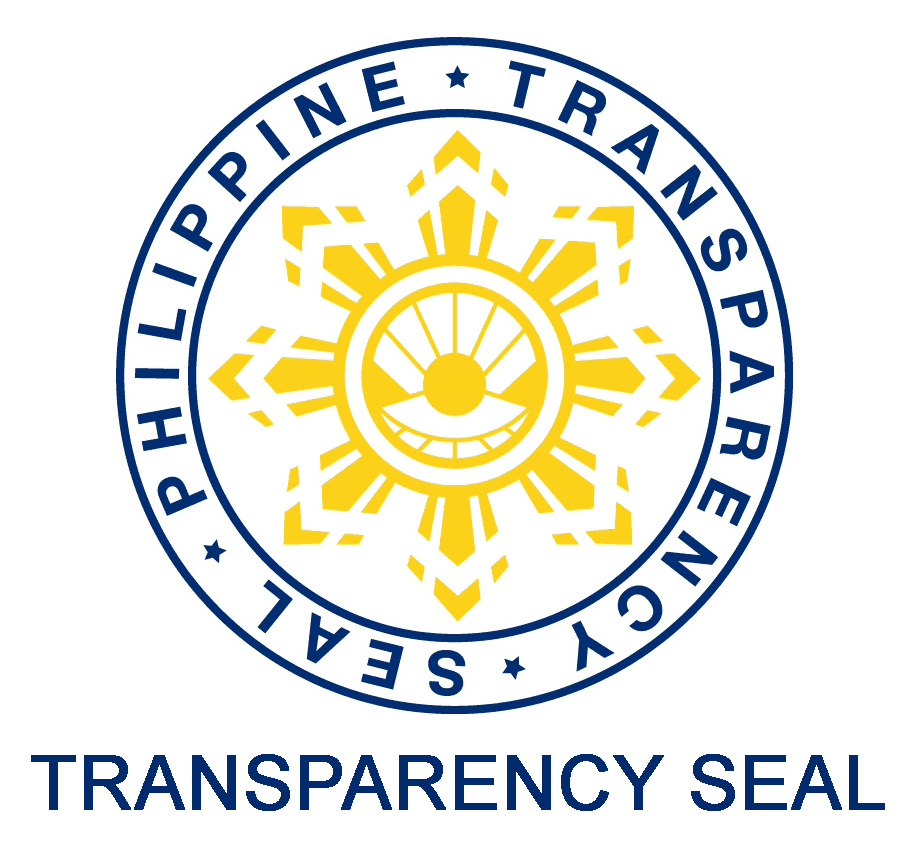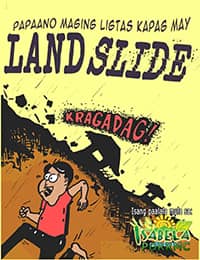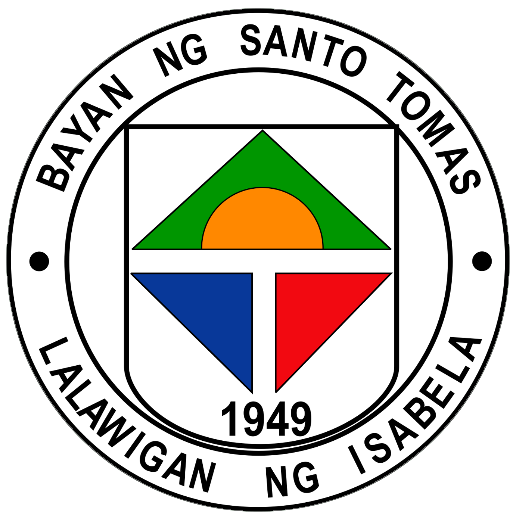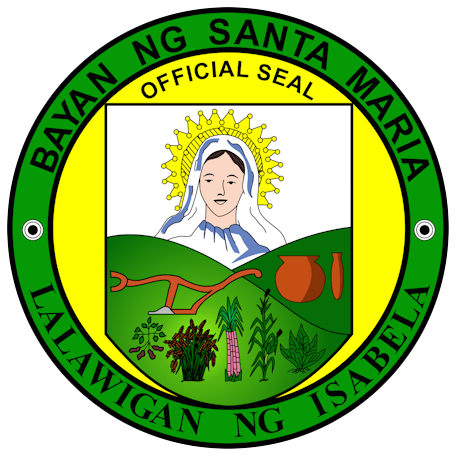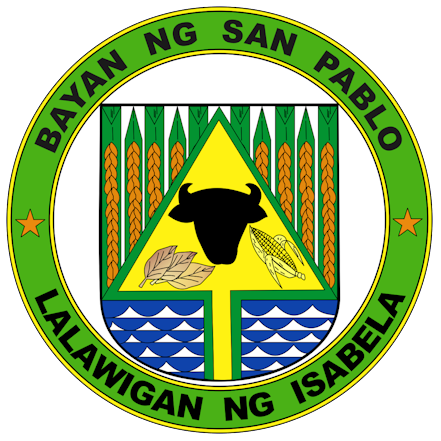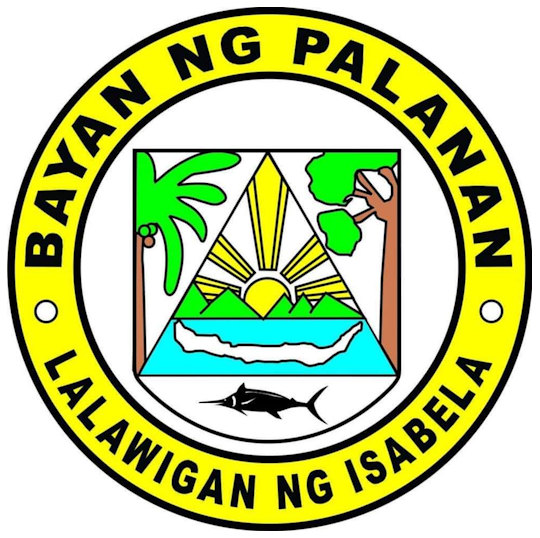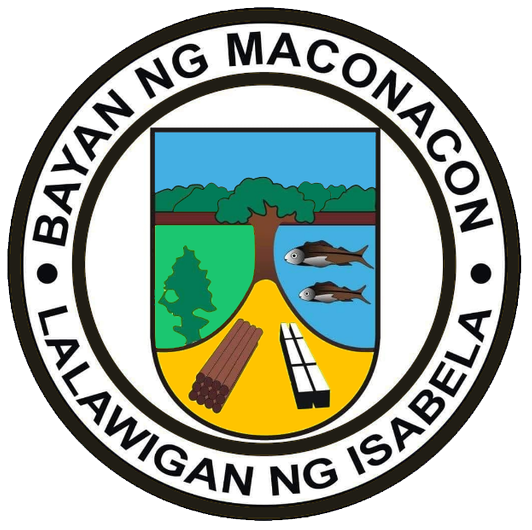|
Santo Tomas is a 4th class municipality in the province of Isabela, Philippines. According to the latest census, it has a population of 23,005 people in 4,980 households.
|
Facts and Figures
Sources: https://www.dbm.gov.ph, PENRO-Isabela, PPDO-Isabela https://psa.gov.ph |
|
The municipality of Sta. Maria, Isabela is located in the interior northwestern part of the province of Isabela. It is bounded on the north by the municipality of Enrile, Cagayan and on the East of Cagayan River which the natural boundary between Cabagan, Isabela and on the west of Kalinga Province. It is more or less 65 kilometer away from ilagan, capital town of Isabela. Sta. Maria is also accessible via Tuguegarao, Cagayan with a half-cemented and half-graveled roads. An alternate route to reach Sta. Maria is by passing through Quezon, Isabela with a more convenient cemented road of about 39 kilometers.
|
Facts and Figures
Sources: https://www.dbm.gov.ph, PENRO-Isabela, PPDO-Isabela https://psa.gov.ph |
|
San Pablo is a 2nd class municipality in the province of Isabela, Philippines. According to the latest census, it has a population of 25,384 people in 5,134 households. San Pablo is politically subdivided into 17 barangays.
|
Facts and Figures
Sources: https://www.dbm.gov.ph, PENRO-Isabela, PPDO-Isabela https://psa.gov.ph |
|
Marked by highly differential physio-geomorphological formations, Palanan, especially the Poblacion is located inside a Valley-like fertile alluvial plain. The Poblacion fronts river delta draining fresh water to Palanan Bay along the Pacific Ocean. Since Palanan is in the Pacific Belt of Fire, its land formation was attributed to volcanic activities or land movements due to tectonic phenomena. The rich volcanic soil characteristics in the Municipality proves that land formation in the place was highly traceable from volcanic origin. Palanan being part of the tropical zone, is exposed to relatively hot and humid environment. Northeast monsoon and southeast monsoon creates remarkable wet and dry seasons. These monsoons bring typhoon annually to Palanan destroying most of its crops as well as human properties. The adverse climatic conditions during the rainy season, the lack of industries and employment opportunities, the absence of an affordable transportation system as well as internal transport system and the absence of basic socio-economic facilities hindered the economic growth and physical development of Palanan. In spite of this, however, human settlements continue as a result of the increasing population. The town Palanan is located along Pacific Coast and situated on 122o9’ to 122o32’ East longitude and 16o 50” to 17o 10’ North latitude. It is one of the coastal towns of Isabela.
|
Facts and Figures
Sources: https://www.dbm.gov.ph, PENRO-Isabela, PPDO-Isabela, https://psa.gov.ph |
|
Maconacon is a 3rd class municipality in the province of Isabela, Philippines. According to the latest census, it has a population of 4,253 people in 977 households. Maconacon is politically subdivided into 10 barangays.
|
Facts and Figures
Sources: https://www.dbm.gov.ph, PENRO-Isabela, PPDO-Isabela https://psa.gov.ph |
